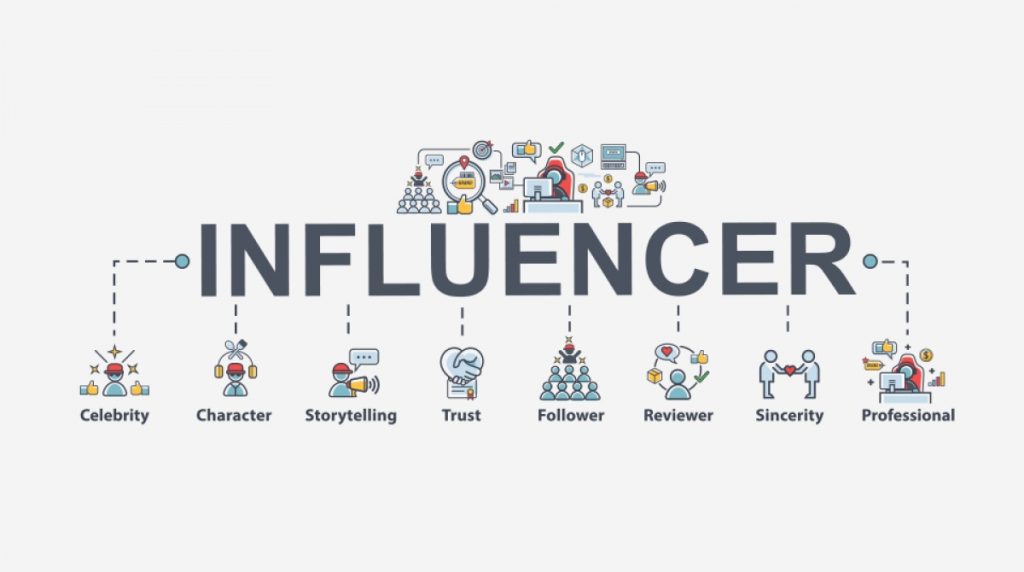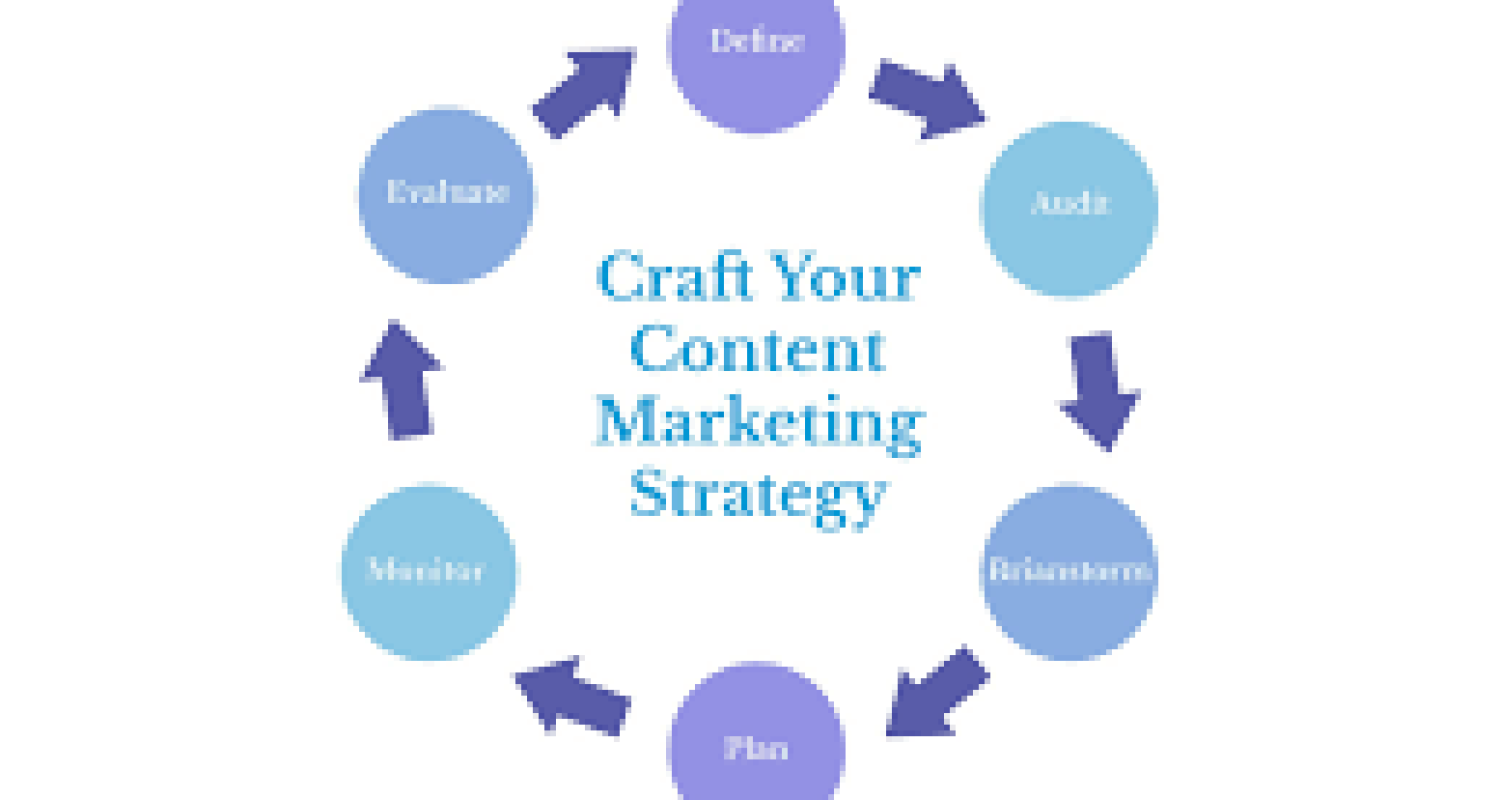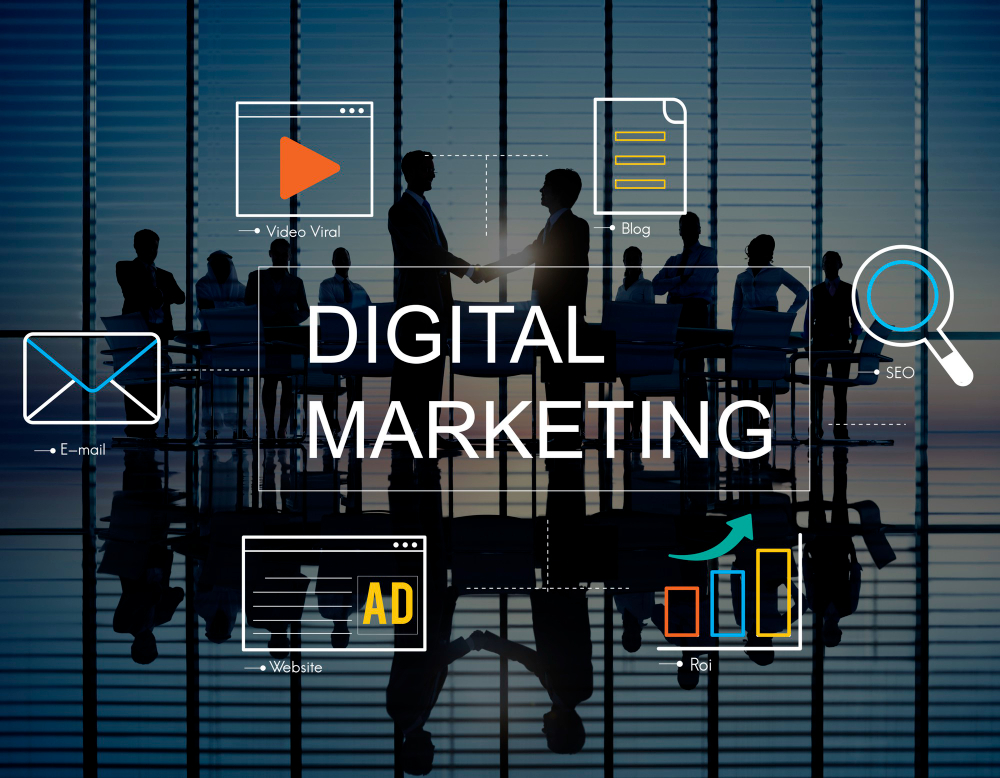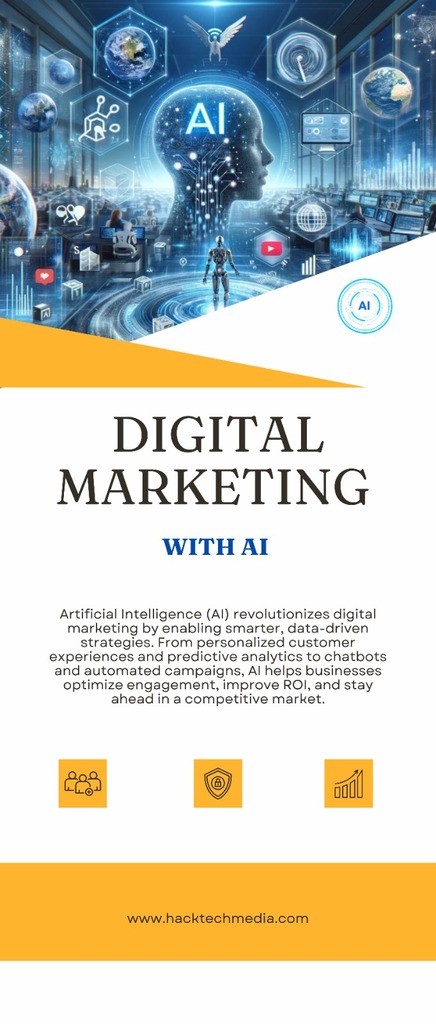
Introduction
Content marketing is the backbone of modern digital marketing. It’s how brands attract, engage, and convert audiences into loyal customers. But creating content isn’t enough; the strategy behind it must be solid to see results. This post will break down the steps for crafting content marketing strategies that not only captivate your audience but also drive conversions.
Understanding Your Target Audience
Before you can create content that resonates, you must first know who you’re speaking to. Understanding your target audience is the cornerstone of any effective content marketing strategy.
Importance of Audience Research
Audience research helps you uncover the needs, preferences, and behaviors of your potential customers. With the right data, you can ensure your content speaks directly to their pain points and desires. Start by gathering demographic information such as age, location, and income. Use surveys, social media insights, and tools like Google Analytics to dive deeper into what interests them. The more you know about your audience, the more relevant and impactful your content will be.
HDeveloping Audience Personas
Creating detailed audience personas can guide your content strategy. These are fictional representations of your ideal customers based on real data. Outline factors like their challenges, goals, and the types of content they consume. These personas will help you tailor your messaging and ensure that each piece of content is relatable and engaging.
Setting Clear Goals for Content Marketing
Without clear goals, your content marketing efforts may lack direction and purpose. Setting specific objectives will help you stay focused and measure success.
Defining SMART Objectives
Your goals should be SMART: Specific, Measurable, Achievable, Relevant, and Time-bound. For example, a goal might be to increase website traffic by 20% in the next three months through targeted content campaigns. SMART objectives provide a clear roadmap and make it easier to track progress.
Measuring Success with KPIs
Key Performance Indicators (KPIs) allow you to gauge whether your content marketing efforts are working. Metrics like website traffic, social shares, and conversion rates offer insights into how your content is performing. Regularly reviewing these KPIs ensures you can adjust your strategies as needed to achieve optimal results.
Crafting Engaging and Relevant Content
Now that you understand your audience and have set clear goals, it’s time to create content that captures attention and converts visitors into customers.
Creating Valuable Content for Each Stage of the Buyer’s Journey
Not all content should serve the same purpose. Your audience may be at different stages in the buyer’s journey—awareness, consideration, or decision. Tailor your content to meet their specific needs at each stage. For example, blog posts and social media content can build awareness, while case studies and product demos work better for those in the decision stage.
Optimizing Content for SEO and User Experience
To ensure your content is discoverable and user-friendly, focus on search engine optimization (SEO). Use relevant keywords, create engaging headlines, and ensure that your content is easy to navigate. In addition to SEO, user experience plays a critical role in conversion. Make sure your site loads quickly, is mobile-friendly, and has clear calls to action.
Distributing Content Across the Right Channels
Great content is only effective if it’s seen by the right audience. Distribution is key to ensuring your message reaches as many potential customers as possible.
Social Media and Influencer Marketing
Social media platforms like Instagram, LinkedIn, and Twitter allow you to reach your audience where they spend most of their time. Consider partnering with influencers who align with your brand to expand your reach further. Their recommendations can build trust and drive engagement.

Email Campaigns and Paid Ads
Email marketing is still one of the most effective ways to nurture leads and convert them into customers. Segment your audience to ensure each message is personalized. Additionally, paid ads on platforms like Google or Facebook can help boost visibility, especially for new content.
H2: Analyzing and Adjusting Your Strategy
Content marketing is not a one-time effort. It’s essential to continually analyze your results and make adjustments as needed.
Using Analytics to Refine Your Content Strategy
Tools like Google Analytics and social media insights provide valuable data on how well your content is performing. Look at metrics such as bounce rate, time on page, and engagement to identify areas for improvement. Regular analysis helps ensure your strategy remains effective.
Adapting Based on Audience Feedback
Feedback from your audience is just as important as data. Encourage comments, surveys, and social media engagement to better understand what resonates with your readers. Use this feedback to tweak your content and improve its relevance and impact.
Conclusion
Crafting a content marketing strategy that converts requires a mix of audience understanding, goal setting, compelling content creation, and consistent analysis. By following these steps, you’ll be well on your way to building a successful strategy that not only engages but also converts.
Written By :Ashwini Kamble







